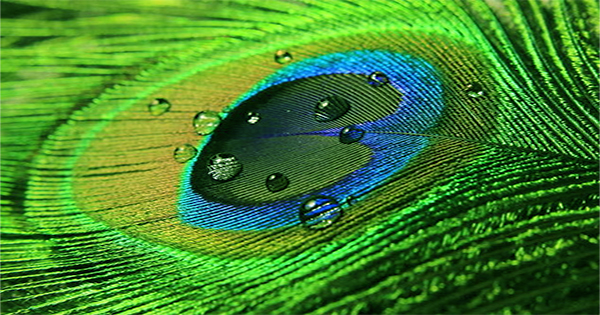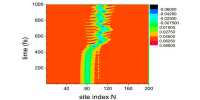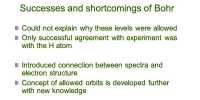Smart sensors turn data from our environment into discretionary and analytical information, from earthquake detection to fingerprint analysis.To take the field further, an international team of scientists has created an innovative opal-like material inspired by butterfly wings and peacock feathers.
As documented in a study published in Advanced Functional Materials, this low-cost crystal has the ability to react sensitively to light, temperature, strain, or other physical and chemical stimuli. The reaction of the material to these conditions is to expand from green to blue and to become transparent when heated. Regularly intersecting a small amount of “wonder-material” graphene across their polymer-based opals unlocks this possibility into the team’s crystals.
Joseph Keddie, professor of Soft Matter Physics at the University of Surrey, UK, said in a statement, “We have been able to distribute graphene over distances compared to the wavelengths of visible light and have shown how adding small amounts of two-dimensional wonder-elements leads to new capabilities, in this research.”
Researchers believe that their work can be used in a variety of ways, both wearable and powerful. In intelligent packaging, for example, the crystals can visually indicate whether the perishable food or drug has passed the living time-temperature of the drug. Healthcare Elsewhere, this ingredient can be used in conjunction with biomolecules to create highly sensitive tests for respiratory viruses. Sports can even be worn to help players improve their tactics as an indication of a change in energy intensity as a result of color differences.
The researchers looked to nature. In some animals, their structural microscopes interfere with the production of color with a light, to create color-changing features of this new material. Peacock tail feathers, for example, are pigmented brown but their microscopic structure reflects their blue, turquoise, and green light. Structural color palette often creates the phenomenon of iridescence color-change, which mimics the material of researchers page-like. The team component is expected to hit the market in the near future and could be the next generation of smart sensors, Alluring, and functional.
Dr. Izabela Jurewicz, lecturer in Soft Matter Physics at the University of Surrey, concluded, “While these crystals are beautiful to look at, we are very excited about the enormous impact they can have on people’s lives.”















